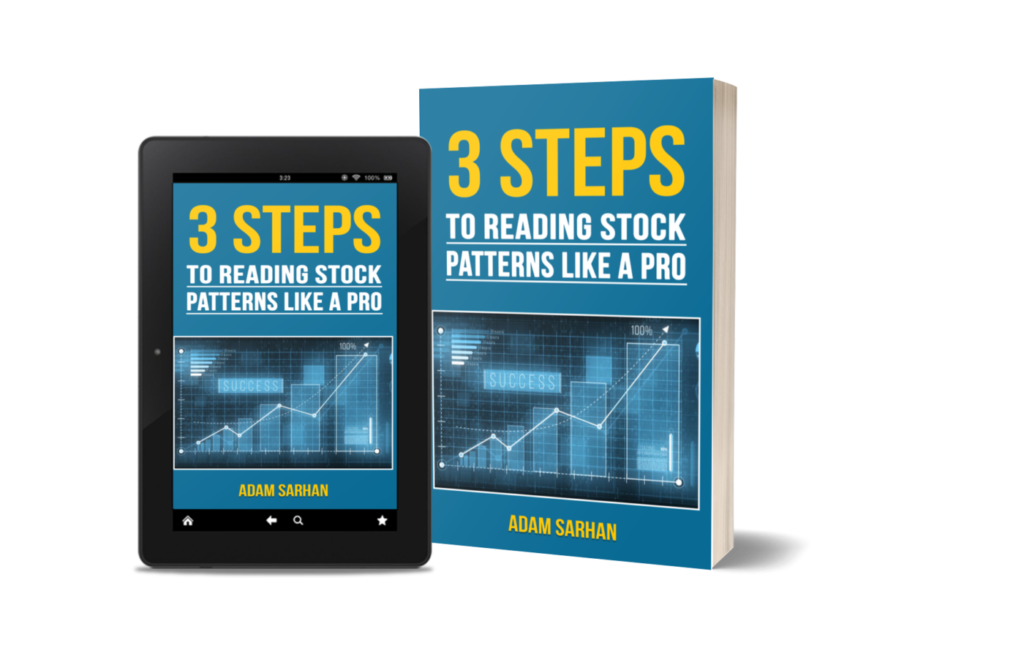When I go on vacation, the last thing I want to worry about is the market and the various stocks in my portfolio. Being away should give me time to relax and recharge my batteries so I can hopefully comeback fully refreshed and ready to go. When the market is in correction, this typically isn’t a problem for me as I’m generally fully in cash or close to it. However, when the market is in an uptrend and I do have a few positions, here are a few things that I consider when developing my “going away plan:”
Personal Factors:
- How long will I be away for? My plan will be different if I’m going to be away for only few days vs. a week or longer.
Market Factors:
- What is the current state of the market?
- Are we in a confirmed uptrend, is the uptrend under pressure, or is the market in a correction?
- If not in a correction (distribution days aren’t counted during a correction) what is the distribution day count on the major indexes? Would another distribution day or two in the immediate future change the trend? Are distribution days close to falling off the count?
- How are leading stocks behaving?
- How many weeks are we into the current uptrend? How does this compare with recent lengths of prior uptrends?
Position Factors:
- Where am I in my positions? Do I have a cushion and if so, how much of a cushion do I have?
- Are there any major events set to occur for my stock while I am away or shortly thereafter? (such as earnings)
- Are my positions presently showing signs of strength, weakness, or are they flat?
Based on the above factors, I will:
- Determine the percentage of total capital that I want to keep in the market. These values are calculated for me automatically in the Excel Trading Journal Template.
- Determine the level of risk that I am willing to accept for each position.
- This may entail scaling out of a position partially or completely prior to going away, setting sell stops near key levels such as moving averages or prior levels of support
- Setting trailing stops (typically based on current percentage from the 10, 21, or 50dma)
- Setting alerts for any triggers I’ve set so I know an action has been taken.
The above outline allows me to know the precise dollar amount that I am risking per position and for my entire portfolio. Setting alerts just at my triggers allows me to know if something has gone off and nothing more as I really don’t want to be bothered otherwise and it allows me to not come back to any surprises.
There are obviously many ways to set up a “going away plan” for your portfolio. The key point is that you have a plan of some sort, one that you will be comfortable with and will allow you to enjoy your vacation, focus on relaxing, and forget about the market for a few days or weeks.


